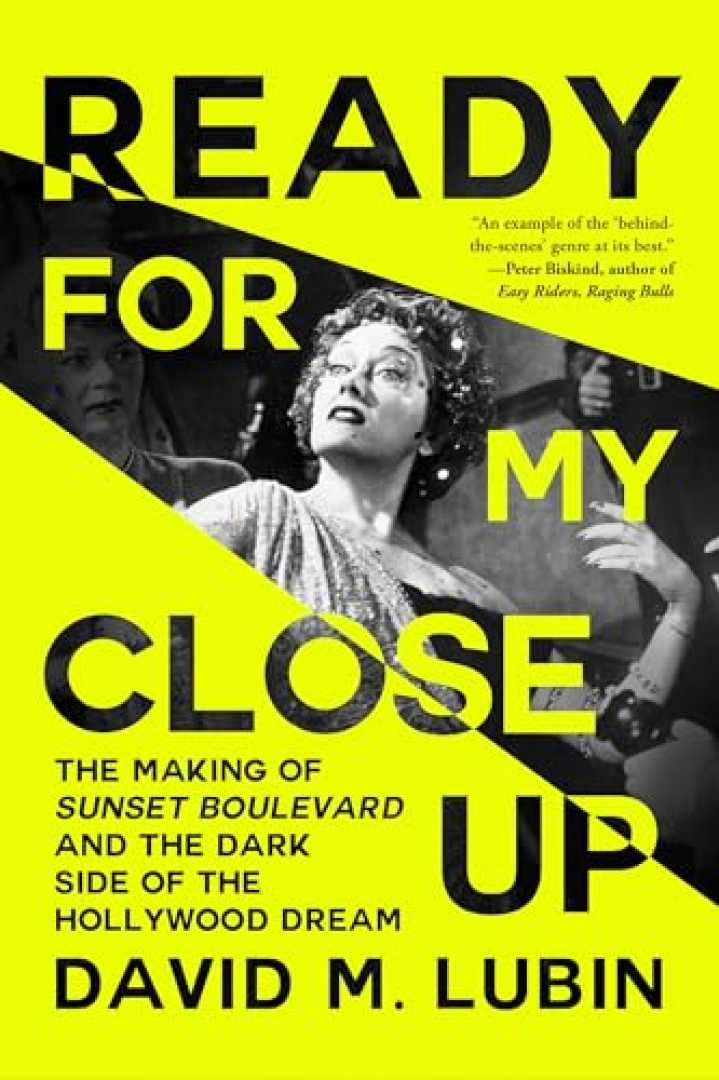Entertainment
David M. Lubin Examines Sunset Boulevard’s Cinematic Legacy

LOS ANGELES, CA — In his new book, “Ready for My Close-Up: The Making of Sunset Boulevard and the Dark Side of Hollywood,” David M. Lubin delves into the complexities and enduring appeal of the 1950 film, “Sunset Boulevard,” a long-time favorite of former President Donald Trump.
Trump has praised this classic noir, reportedly screening it on his private plane and at Camp David. However, as Lubin argues, what truly captivates Trump about the film remains unclear. Is it Norma Desmond, played by Gloria Swanson—a wealthy star fixated on reclaiming her fame? Or perhaps Joe Gillis, portrayed by William Holden, who compromises his morals for a paycheck? Alternatively, there’s Cecil B. DeMille, the Hollywood mogul whose charm masks a commitment to the industry’s misogyny.
Lubin’s book critically explores these tensions, emphasizing that “Sunset Boulevard” serves as both a celebration of and a critique against Hollywood. Through his analysis, Lubin suggests the film’s lasting power stems from its duality, depicting fame as both glittering and grotesque.
The narrative of “Sunset Boulevard” may also be intertwined with the lives of its creators. Director Billy Wilder and star Swanson both mirrored the anxieties portrayed in the film, with Wilder navigating the difficult terrain of Hollywood filmmaking and Swanson confronting her fading status as a star.
Lubin highlights pivotal elements like an early morgue scene that was scrapped after eliciting laughter from test audiences, acknowledging the film’s underlying themes of mortality and decline. He also illustrates how “Sunset Boulevard” metaphorically serves as Hollywood’s mausoleum, populated by figures like the haunting silent-era stars frozen in time.
Additionally, Lubin points out the movie’s unexpected tonal shifts, blending dark humor with moments of genuine human emotion that keep viewers engaged. Despite its grim themes, he believes the film’s exploration of universal human fears—particularly fear of irrelevance—remains relevant today.
While his examination is thorough, Lubin’s exploration of the film’s ongoing legacy feels understated, particularly regarding its influence in pop culture and contemporary references. He labels Norma Desmond a symbol of society’s obsession with fame, encapsulating the collective chasing of eternal youth and relevance.
As the book closes, Lubin not only articulates the intricate web of themes that sustain “Sunset Boulevard” but also reminds readers of the haunting message it offers: even the famous face mortality, making it a timeless study of the human condition. “It’s a big picture,” he writes, “and for as long as it’s playing, it lets us feel big too.”












